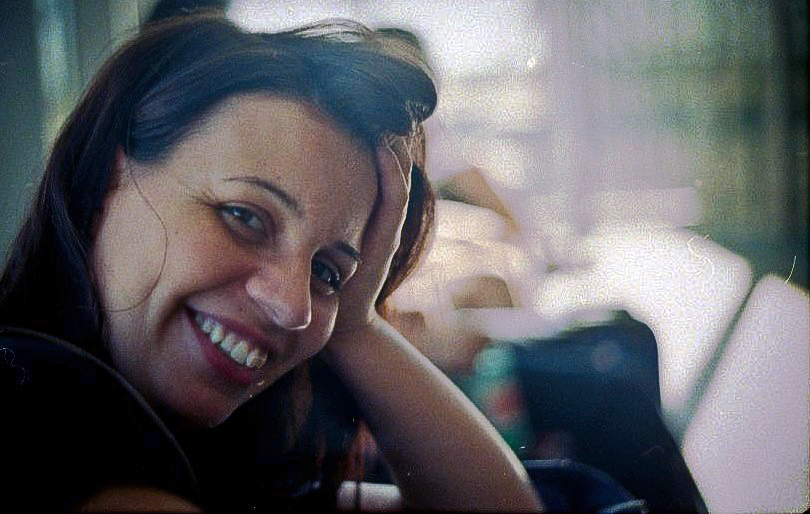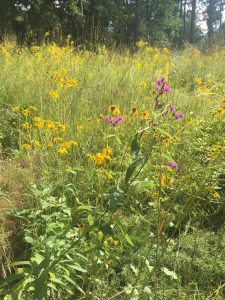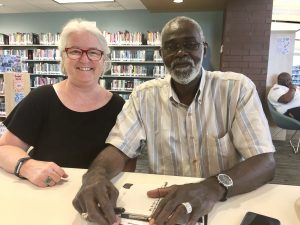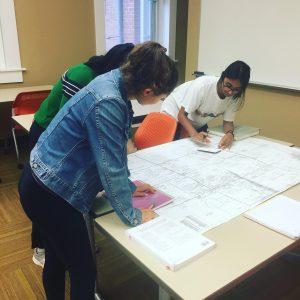Looking at Durham Community Gardens for Environmentally Sustainable Solutions
By Giulia Riccò, Doctoral Candidate in Romance Studies


We began the class by introducing two very different, albeit linked, garden spaces: the Pauli Murray House and the Duke Gardens. Barbara Lau, co-instructor for this class with Robin Kirk, had assigned parts of Pauli Murray’s memoir in which she addresses the relationship that her family had with their garden. Students visited the house and were able to reimagine, through Pauli Murray’s words, what the garden must have looked like while she was living there, and, most importantly, they saw the dreaded encroachment of Maplewood Cemetery onto the Murrays’ property. For many of the students this was the first time ever hearing of Pauli Murray, and I suspect that it opened their eyes to the environmental injustices that our project aims to reveal.
The following week, we all visited the Duke Gardens, where head gardener Bobby Mottern gave us a tour of the native section of the gardens, including an extensive prairie which was recreated in all its diversity with the hope of attracting different pollinators. Bob also noted that the trees that are native to the gardens all date back to 1868, coinciding with the aftermath of the Civil War and the abolition of slavery. Having done this visit immediately after the one at Pauli Murray’s house, the students were deeply impacted by the coexistence of these two gardens, both constant reminders of the racial tensions that characterize the American South, within the same stretch of land. I believe that starting the class by exposing students to the ways in which gardens tell stories and to the historical capital they produce gave them the critical skills to undertake the research required by this class.

The community partners in this project are the Year Round Garden Club, an African-American garden founded in 1912, the Briggs Community Garden, located in a food desert in South Durham, and the Blossom Garden Club, a social circle of environmentalists mostly based in Trinity Park.
Once we had established our methodology, we divided the students, thirteen in total, into three different groups. Each group was in charge of contacting their partner, and then, individually, writing a small reflection regarding their first impressions in what we have been calling field notes. In addition to this writing exercise, students have been recording their research on our class Instagram account (sowers.and.reapers).

For their final project, each team will be in charge of writing a profile of each of these community gardens that will be publicly available on our website, in addition to collecting materials that will be used to set up the itinerant exhibit for the Humanities Action Lab consortium. The latter comprises numerous national and international universities, and our class is part of this year’s project dedicated to investigating the ways in which the humanities can offer innovative solutions to disseminate information about climate change and encourage people in being more proactive with regards to issues of environmental justice. I will be attending the HAL Fall convention in Newark, NJ on November 1st through the 3rd and thanks to the generous support of the Duke Human Rights Center two students from the class will be able to join me. Please check our website for updates on our progress and don’t forget to follow us on Instagram!
Originally posted on the Duke Human Rights Center website
Learn More
- Read about this project team, Sowers and Reapers: Gardening in an Era of Change.
- Browse the Bass Connections 2017-18 Annual Report.
- Explore the Bass Connections in Energy & Environment theme.